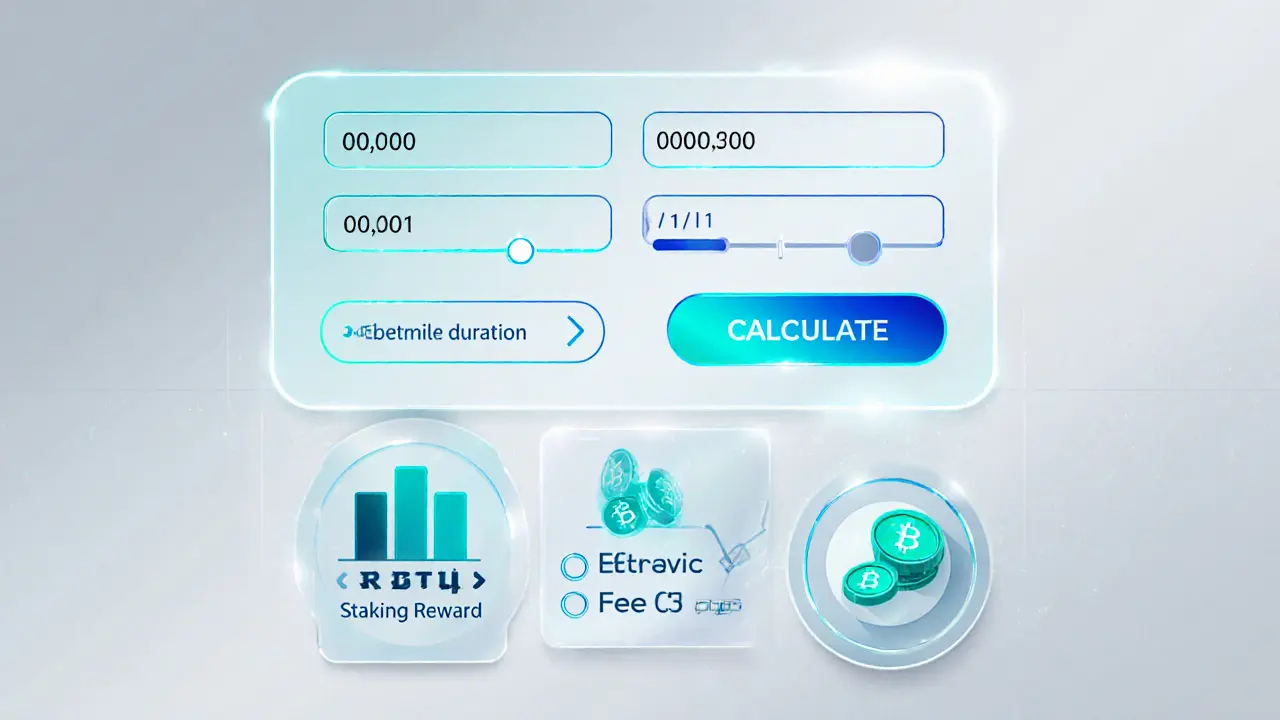Decentralized Trading: How Peer‑to‑Peer Markets Are Shaping Crypto
When you hear decentralized trading, you’re looking at a system where users swap assets directly, bypassing a central authority. Decentralized Trading, peer‑to‑peer buying, selling, and swapping of crypto assets without a custodial middle‑man. Also known as DEX trading, it lets anyone trade whenever and wherever they want.
Decentralized Exchange (DEX), an on‑chain platform that matches orders through smart contracts instead of a central order book is the core technology behind decentralized trading. A DEX enables users to keep custody of their funds while still accessing liquidity, which means decentralized trading encompasses DEXs as its primary infrastructure. Because trades happen on‑chain, every swap leaves an immutable record, giving traders transparency that centralized venues often lack.
Understanding Tokenomics, the economic model behind a crypto token, including supply, distribution, and incentives is crucial for anyone in decentralized trading. Tokenomics shapes the price signals you see on DEXs and determines how airdrops reward participants. In practice, a well‑designed tokenomic structure drives user engagement, while poor design can lead to volatile swings that hurt traders. This is why most guides stress that decentralized trading requires a solid grasp of tokenomics.
Regulatory frameworks also intersect with decentralized trading. Crypto Regulation, the set of laws and licensing requirements governing crypto activities in a jurisdiction influences which DEXs can operate openly and how users must comply when swapping tokens. Programs like regulatory sandboxes influence decentralized trading by allowing projects to test DEX features under a relaxed regime before full licensing. Knowing the licensing landscape helps you avoid platforms that might vanish after a crackdown.
Airdrops add another layer of incentive. When a new token launches on a DEX, developers often distribute free tokens to early users, turning a simple swap into a potential profit opportunity. These airdrops not only boost liquidity on the exchange but also serve as a real‑world test of tokenomics. In short, airdrops enhance decentralized trading by attracting participants and validating market demand.
What You’ll Find Below
The articles ahead cover everything from licensing guides for US MSBs and BitLicense, deep dives into specific coins like PREME, SafeMars, and Ren, to reviews of emerging DEXs such as Zyberswap v3 and Ubeswap V2. You’ll also see analyses of regulatory sandbox programs, airdrop mechanics, and the latest exchange security assessments. Use this collection as a practical toolbox to navigate the fast‑moving world of decentralized trading with confidence.

Orderly (ORDER) Crypto Coin Explained - What It Is and How It Works
Dec 9, 2024, Posted by Ronan Caverly
Explore Orderly (ORDER) crypto coin: its purpose, architecture, token utilities, security features, market position, and how to buy and stake it in 2025.
MORESEARCH HERE
Categories
TAGS
- decentralized exchange
- crypto exchange review
- cryptocurrency
- crypto coin
- CoinMarketCap airdrop
- smart contracts
- tokenomics
- cryptocurrency exchange safety
- crypto exchange
- cryptocurrency airdrop
- crypto airdrop
- cryptocurrency exchange
- crypto airdrop guide
- blockchain token distribution
- DeFi
- crypto exchange scam
- crypto airdrop 2025
- Ethereum
- cross-chain interoperability
- ERC-20
